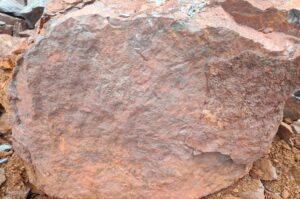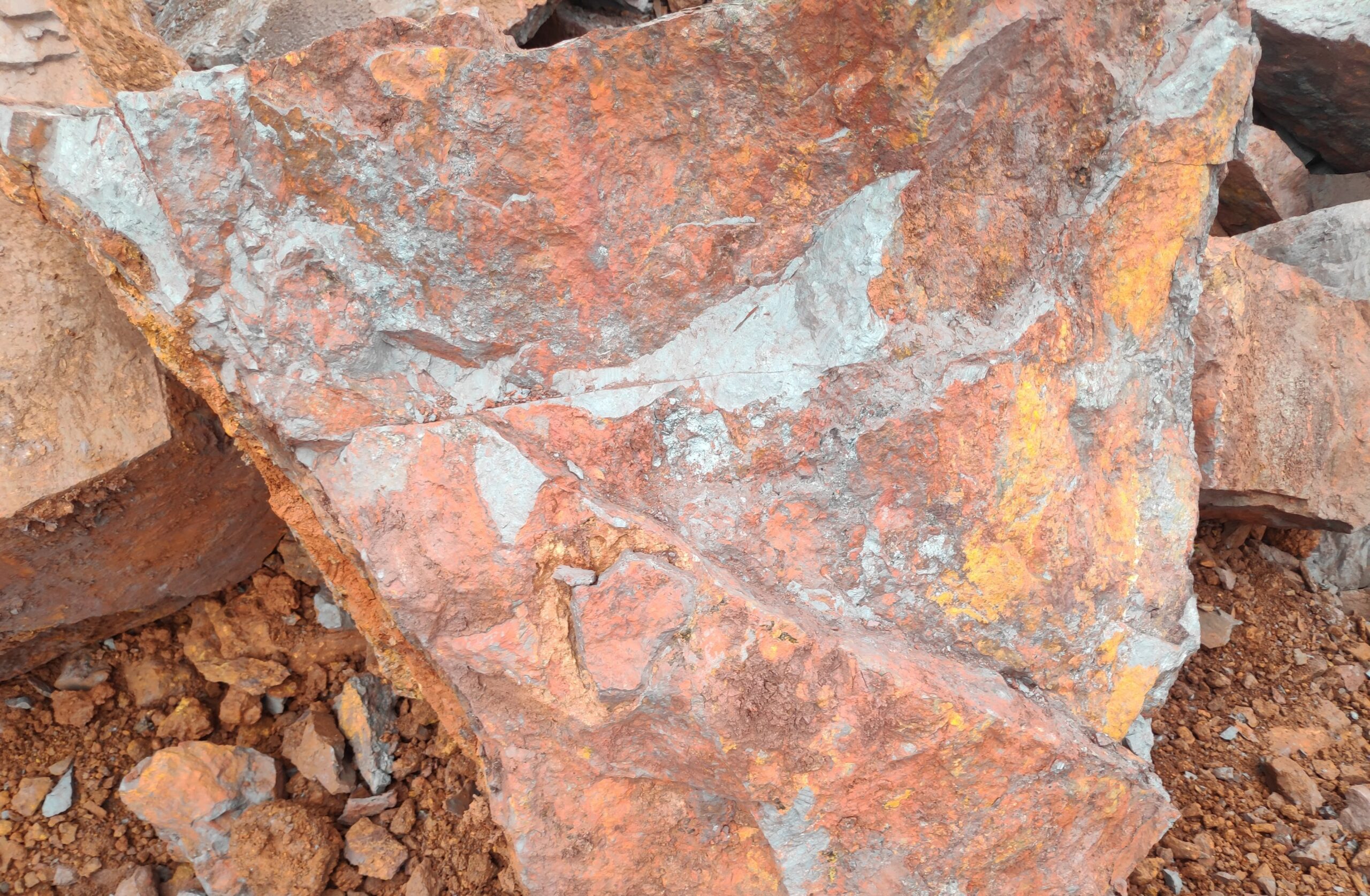Delve into the fascinating journey of Exploring the Origins of Iron Ore. Discover the geological wonders and historical significance of this vital resource. Learn about its formation, types, and global impact in our comprehensive guide.
Introduction
Welcome to a captivating exploration of one of Earth’s most remarkable treasures – iron ore. In this comprehensive article, we will embark on a journey to uncover the hidden mysteries behind the origins of iron ore. From its formation deep within the Earth to its crucial role in shaping our world, prepare to be amazed by the story of this invaluable resource.
The Marvel of Iron Ore
Iron ore, often taken for granted, is the backbone of modern industry. It’s the primary raw material for steel production, a crucial component in manufacturing, and a key player in our daily lives. But have you ever wondered how this extraordinary mineral came into existence? Let’s dive in.
Iron Ore: A Geological Wonder
The Earth’s Ancient Recipe
The story of iron ore began billions of years ago when our planet was still in its infancy. As the Earth’s crust solidified, it trapped iron-rich minerals beneath its surface. Over millennia, these minerals underwent a remarkable transformation, eventually giving birth to iron ore.
Banded Iron Formations: Nature’s Masterpiece
Iron ore, in its most significant form, is found in banded iron formations (BIFs). These stunning geological wonders consist of alternating layers of iron-rich minerals and silica. The unique layering is a testament to the ever-changing environmental conditions on Earth over eons.
The Birth of Iron Ore
Precambrian Oceans: The Cradle of Iron
To understand the origins of iron ore, we must rewind to a time when Earth’s oceans were teeming with life. Ancient photosynthetic organisms released oxygen into the atmosphere, leading to the “Great Oxidation Event.” This event, which occurred around 2.3 billion years ago, marked a pivotal moment in Earth’s history.
The release of oxygen led to the rusting of iron in the oceans, forming iron oxide minerals. These minerals slowly settled to the ocean floor, layer by layer, forming the BIFs we mine today.
The Hand of Tectonics
Geological forces, such as tectonic movements and volcanic activity, played a significant role in shaping iron ore deposits. These forces uplifted and exposed BIFs, making them accessible for mining. Over time, the relentless power of geological processes brought iron ore closer to the Earth’s surface.
Types of Iron Ore
As we venture further into exploring the origins of iron ore, it’s essential to understand its diversity. Iron ore comes in various types, each with its unique characteristics.
Hematite: The Red Treasure
Hematite, with its distinctive red streak, is one of the most abundant forms of iron ore. It’s formed through the alteration of magnetite in sedimentary rocks. Hematite’s high iron content and vibrant color make it a valuable resource.
Magnetite: The Magnetic Marvel
Magnetite, known for its magnetic properties, is another prominent type of iron ore. Its black or brownish-black appearance sets it apart. Magnetite is prized for its role in steel production, as it simplifies the extraction process.

Global Distribution
Australia: Land of Iron
When discussing the origins of iron ore, one cannot overlook Australia. This vast continent is home to some of the world’s largest iron ore deposits, particularly in the Pilbara region of Western Australia. The geological history of this region is a testament to the Earth’s creative forces.
Brazil: Riches Beneath the Surface
Brazil boasts extensive iron ore reserves, with massive deposits in the Carajás Mountains. The geological story of these Brazilian mines is a testament to the interplay between volcanic activity and mineral formation.
India: A Hidden Iron Ore Hub
India, too, plays a significant role in the global distribution of iron ore. The country’s extensive deposits are found in regions like Odisha, Jharkhand, and Chhattisgarh. The geological history of these Indian mines adds to the rich tapestry of iron ore’s origins.
Iron Ore Mining Techniques
Exploring the origins of iron ore wouldn’t be complete without diving into the techniques used to extract this valuable resource.
Open-Pit Mining: Unearthing Riches
Open-pit mining is a common method for extracting iron ore from shallow deposits. It involves removing layers of overburden to reach the ore beneath, a process shaped by the Earth’s geological history.
Underground Mining: Depths of Discovery
Deeper iron ore deposits require underground mining, where tunnels and shafts are used to access the valuable ore. The formation of these deep deposits is a testament to the Earth’s geological complexities.
Modern Extraction Technologies
Today, advanced technologies, such as blasting, crushing, and beneficiation, have revolutionized iron ore extraction. These innovations have made mining more efficient and environmentally friendly, honoring Earth’s delicate balance.
Iron Ore: Shaping Our World
The origins of iron ore are intertwined with the evolution of human civilization. This mineral has played a pivotal role in shaping our world in various ways.
Steel Production: Building the Future
The steel industry relies on iron ore as its lifeblood. The smelting and refining of iron ore into steel have enabled the construction of iconic structures, transportation networks, and the machinery that powers our lives.
Manufacturing: Crafting Excellence
Iron ore’s malleability and durability make it an essential resource in manufacturing. It contributes to the creation of cars, machinery, appliances, and countless other products that enhance our daily lives.
Frequently Asked Questions
What Are the Main Types of Iron Ore?
Iron ore primarily comes in two main types: hematite, known for its red streak, and magnetite, prized for its magnetic properties.
Where Are the Largest Iron Ore Deposits Found?
The largest iron ore deposits are located in Australia, particularly in the Pilbara region, Brazil’s Carajás Mountains, and India’s Odisha, Jharkhand, and Chhattisgarh regions.
How Does Iron Ore Contribute to Steel Production?
Iron ore is smelted and refined to produce steel, a crucial material in construction, manufacturing, and transportation.
What Geological Forces Shaped Iron Ore Deposits?
Tectonic movements, volcanic activity, and the Great Oxidation Event played pivotal roles in shaping iron ore deposits.
Are There Environmental Concerns in Iron Ore Mining?
Modern iron ore mining techniques prioritize environmental sustainability, minimizing ecological impact.
How Has Iron Ore Impacted Human Civilization?
Iron ore has been instrumental in the development of human civilization, enabling technological advancements and infrastructure development.
Conclusion
In our exploration of the origins of iron ore, we’ve uncovered a captivating tale that spans billions of years. From the Earth’s ancient past to the modern steel industry, iron ore remains a symbol of Earth’s geological creativity and its profound impact on human civilization.
As we reflect on this journey, we recognize that our world is built on the foundations laid by iron ore. Its story is a testament to the harmonious interplay between geological forces and human ingenuity.
Signing off.

